
Like their battery-powered counterparts in the passenger car, bicycle, and motorcycle sectors, more motorhomes will begin to travel electrically as we wean ourselves off fossil fuels.
That’s despite the many packaging challenges that electric motorhomes present such as substantial changes to existing electronic architecture to hold the huge batteries needed to drive the vehicles. Electric motorhome models may therefore take a little longer to enter the market than electric campervans — but a shift away from diesel power is inevitable.
In this discussion, we take a close look at increasing investment in electric vehicles and how that’s going to affect campervan and motorhome markets. Plus, we chat about range, infrastructure, and the relationship between battery weight and payload.
|
Contents |
Government incentives and penalties
Many governments view increased electric vehicle (EV) usage as a crucial step towards reducing emissions of carbon dioxide (CO2) and other climate-warming gases. With new vehicle buyers across the developed world beginning to be offered incentives to go electric, the shift is building momentum.
However, the transition to EVs isn’t only being driven by these incentives. Automotive corporations will accrue substantial penalties if the overall CO2 output of their model ranges isn’t lowered significantly to meet climate change targets within a certain timeframe.
The accelerating investment in electric
To meet that sudden shift in new vehicle market dynamics:
- Manufacturers are investing heavily in EVs
- Component suppliers are frantically working to develop new technologies — such as more efficient batteries.
Several large automotive corporations are now fully committed to only building electrically driven vehicles by 2030. Most of these are based in Europe — motorhome central in terms of the fully integrated and semi-integrated imported models that have traditionally proved most popular with New Zealand buyers.
Fully electric versions of popular motorhome platforms like the Ford Transit, Fiat Ducato, Mercedes Sprinter, and Volkswagen Crafter will soon be available. Recognised European motorhome brands will quickly embrace these — offering cleaner-running alternatives to their present diesel-powered models.
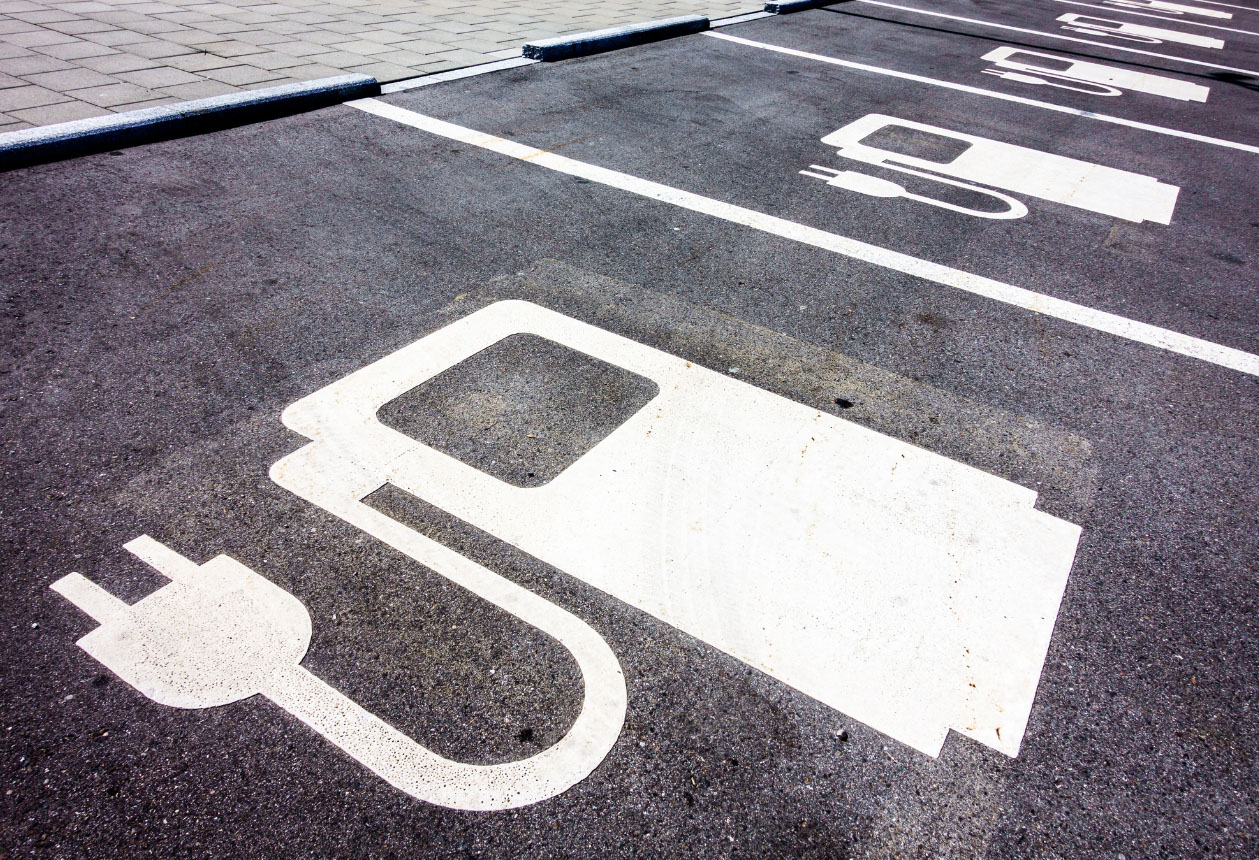
Recharging infrastructure and demand
Helping drive demand for electric motorhomes in Europe is the well-developed recharging infrastructure now available.
Some EU countries such as Norway and Denmark have already established a network of fast-charge stations. These are even sufficient to service a national passenger car fleet consisting of more EVs than internal combustion-powered vehicles.
Turn 180 degrees towards China and India, and the great surge towards EVs is just as unstoppably tidal. There’s huge domestic demand for EVs from massive corporations like:
- Mahindra and Mahindra
- Build Your Dreams (BYD)China’s largest maker of batteries and cell phones
- Great Wall Motors
- SAIC Motorsowner of both MG Motor and LDV.
These influential corporations are even lifting their horizons towards export markets.
SAIC made motoring history in New Zealand by launching the first fully electric large van here — the LDV eDeliver 9. It’s spacious enough to potentially provide a platform for a locally-made motorhome.
Electric motorhome or electric campervan?
Compact electric campervans are more likely to have access to charging stations than larger motorhomes. Width, height and length could be factors that influence a trend towards compact electric campervans instead of large battery-powered motorhomes.
Size of recharging station spaces
One potential limitation for the popularity of electric motorhomes in New Zealand is the size of parking spaces at most public recharging stations. These stations are usually located inside:
- Shopping precincts — with parallel parking spaces sized for electric cars
- Multi-level shopping complexes and parking buildings — where the height of a motorhome makes entry impossible.
The need for redesign
Electric campervans have another factor in their favour compared to larger semi-integrated motorhomes. Platforms like the E-Transit and E-Ducato have an array of batteries located beneath the floors of their vehicles — extending most of the way to the rear axles.
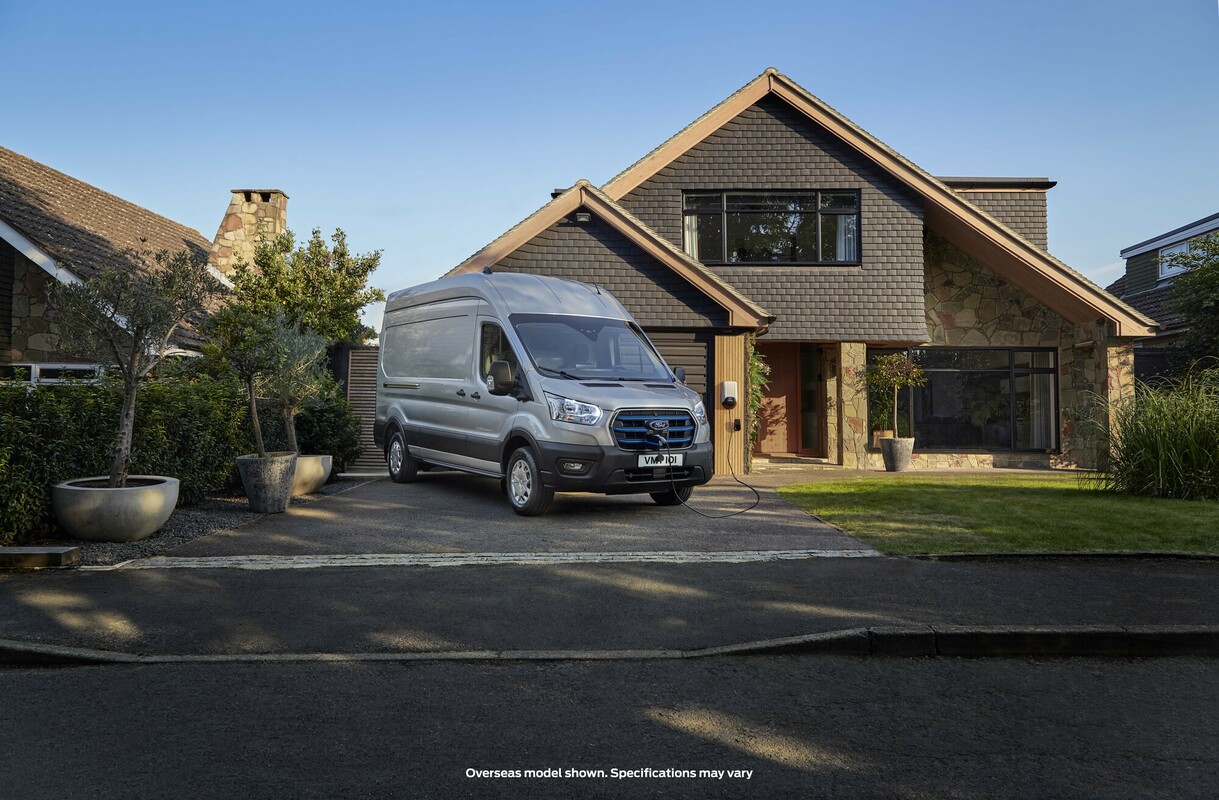
This ensures that usual semi-integrated hybrid chassis — where a lighter Al-Ko alloy chassis, rear suspension, and rear axle are married to the front suspension, powertrain and cab of a light commercial van — can’t be used without a considerable redesign.
To fully reconfigure an electric van for a semi-integrated motorhome conversion with the usual Al-Ko part chassis replacement would require significant changes to the existing electronic architecture and battery positioning. These hassles could prove prohibitively expensive.
Motorhome manufacturers expect basic cab-chassis versions
Ford, Fiat, Mercedes, LDV, and Volkswagen will supply stripped-down cab-chassis versions of their e-vans to motorhome manufacturers. But these will need to retain:
- All of the steel van chassis — to preserve the battery storage located between the beams of the frame
- The same wheel track measurements of the vans.
An electric motorhome that’s built on top of an e-van’s cab-chassis is likely to feature narrower cabins than its diesel counterpart.
Find out more about motorhome chassis and construction.
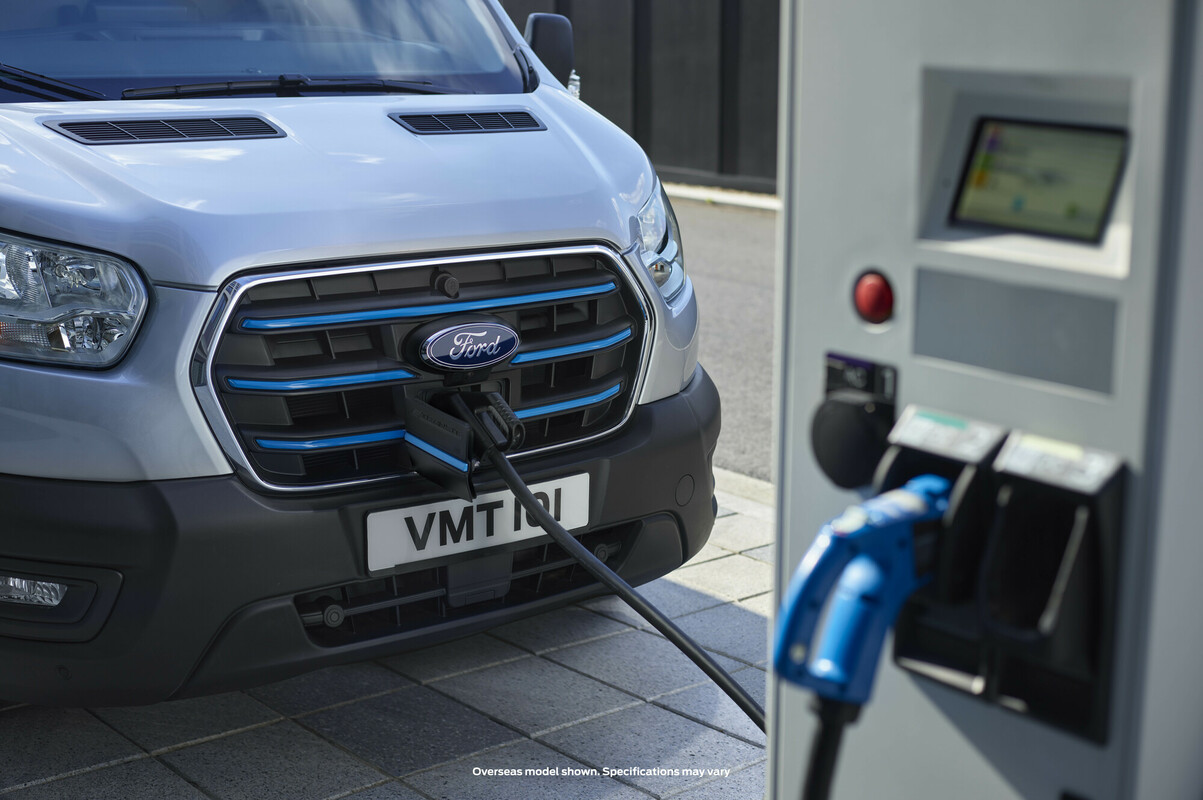
Considering the battery, weight, payload and range
Some of the Big Four European light commercial van makers (and LDV with their early-arriving eDeliver 9) offer several different sized batteries for their e-vans.
The LDV can come with either 51.5 kWh, 72 kWh, or 88 kWh battery arrays. Fiat, Volkswagen, and Mercedes are following suit to provide buyers of their e-vans with multiple battery options.
This enables buyers to choose the smallest battery size if their priority is quicker recharging times and larger payloads preferred for daily urban deliveries.
Or they can opt for larger energy storage to achieve the extended cruising range desirable for electric motorhomes.
Heavier battery = smaller payload
The bigger the battery, the heavier your unladen electric motorhome and the smaller the payload. Increased battery mass will eat into the number of kilograms your vehicle can safely carry.
When a motorhome manufacturer is specifying an e-van, will choosing the larger battery affect the type of fitness check your vehicle can qualify for? Do you prefer the relative ease of WoF checks or the pricier Certificate of Fitness (CoF) checks?
Unlike diesel motorhomes, an e-motorhome that’s eligible for a WoF check won’t be slapped with a clean car fee at the time of its first registration. If the Gross Vehicle Mass (GVM) can be kept below 3,500 kg, you’ll enjoy a reduction in the cost of ownership, due to less costly and less frequent vehicle fitness checks.
Looking at the long-wheelbase Fiat E-Ducato cab-chassis that‘s likely to form the basis of many e-motorhomes, the platform weighs:
- 2,105 kg when fitted with a 43 kWh 3-module battery
- 2,400 kg when equipped with a 79 kWh 5-module battery.
Both are probably capable of forming the foundation of a motorhome with a GVM limit of less than 3,500 kg, which would qualify each for a WoF check instead of a CoF.
However, it’s obviously a tighter fit for the E-Ducato motorhome with the larger battery to squeeze under that GVM limit. You may have to sacrifice a few desirables like larger water storage capacity, solar panels or a tow bar to achieve the GVM limit.
Find out more about warrants and certificates of fitness for motorhomes and motorhome weight and payload in New Zealand.
Cruising range
Fiat won’t suggest an expected cruising range of either battery for its long wheelbase E-Ducato cab-chassis — rightly citing that such figures depend upon the conversion.
Looking at the Worldwide Harmonised Light Vehicle Test Procedure (WLTP) data for the long wheelbase, high roof E-Ducato vans that will most likely be fitted out as electric campervans:
- The 43 kWh battery will use 31.6 kWh per 100 km during dual city and highway use, resulting in a cruising range of 164 km.
- The 79 kWh battery will extend the dual city and highway range to 269 km, at an energy use rate of 33.8 kWh every 100 km due to the mass of the extra battery modules.
Expect these range figures to drop by roughly 15-20 percent when the mass of the motorhome conversions are factored in.
Certificate of Fitness checks may become more common
An electric campervan created from a full-bodied, long wheelbase E-Ducato van may struggle to qualify for WoF checks when fitted with the 79 kWh battery. Its weight will hit 2,800 kg before being converted into a camper.
When fitted out as a self-contained campervan, only an artificially low and virtually unusable payload figure will allow the GVM limit to be less than 3,500 kg. The 43 kWh E-Ducato vans of similar size weigh 2,485 kg before conversion.
All long wheelbase E-Ducatos have a maximum GVM of 4,250 kg — whether they’re vans or cab-chassis. This ensures electric motorhome manufacturers have plenty of scope if they’re prepared to accept that buyers will have to put up with the inconvenience of:
- CoF checks
- Extra driving licence accreditation — in some cases.
Expect similar performance from the big players
We’ve used the E-Ducato as an example of the potential of an e-motorhome platform. Electric motorhomes based on Ford, Volkswagen, LDV, and Mercedes e-vans are likely to offer comparable performance and efficiency from similar sized battery modules.
There’ll be aerodynamic and mass differences that will make one e-van platform more efficient than another. But the gaps between them are likely to be marginal given that all currently draw their power from lithium-ion-phosphate (LFP) batteries purchased from shared suppliers.
Better batteries leads to better infrastructure
The LFP battery represents the current gold standard for EVs as it’s:
- Less expensive to build
- Longer lasting
- Less toxic than lithium-ion batteries.
It also doesn’t contain nickel and cobalt — both of which are relatively rare minerals that generate a lot of CO2 during their extraction and distribution.
These processes have given critics of EVs an opportunity to denounce the overall environmental benefits of electric vehicles. Yet just as the LFP battery has taken over from the lithium-ion battery (which took over from the nickel metal hydride battery) it’ll probably soon be surpassed by something even:
- Cheaper to make
- More energy dense
- Lighter.
Sulphur in the air
Right now there’s a serious buzz surrounding the sulphur batteries being developed by German company, Theion (the Greek word for sulphur).
These batteries are claimed to be three times more energy dense than LFP batteries and vastly cheaper to build as sulphur is the tenth most abundant material in the world.
Theion says they’ll be ready to produce by 2024 — something that would instantly remove many of the limitations currently associated with electric motorhomes. You’d be able to drive your electric RV from Auckland to Wellington on a single charge if Theion succeed with their battery breakthrough.
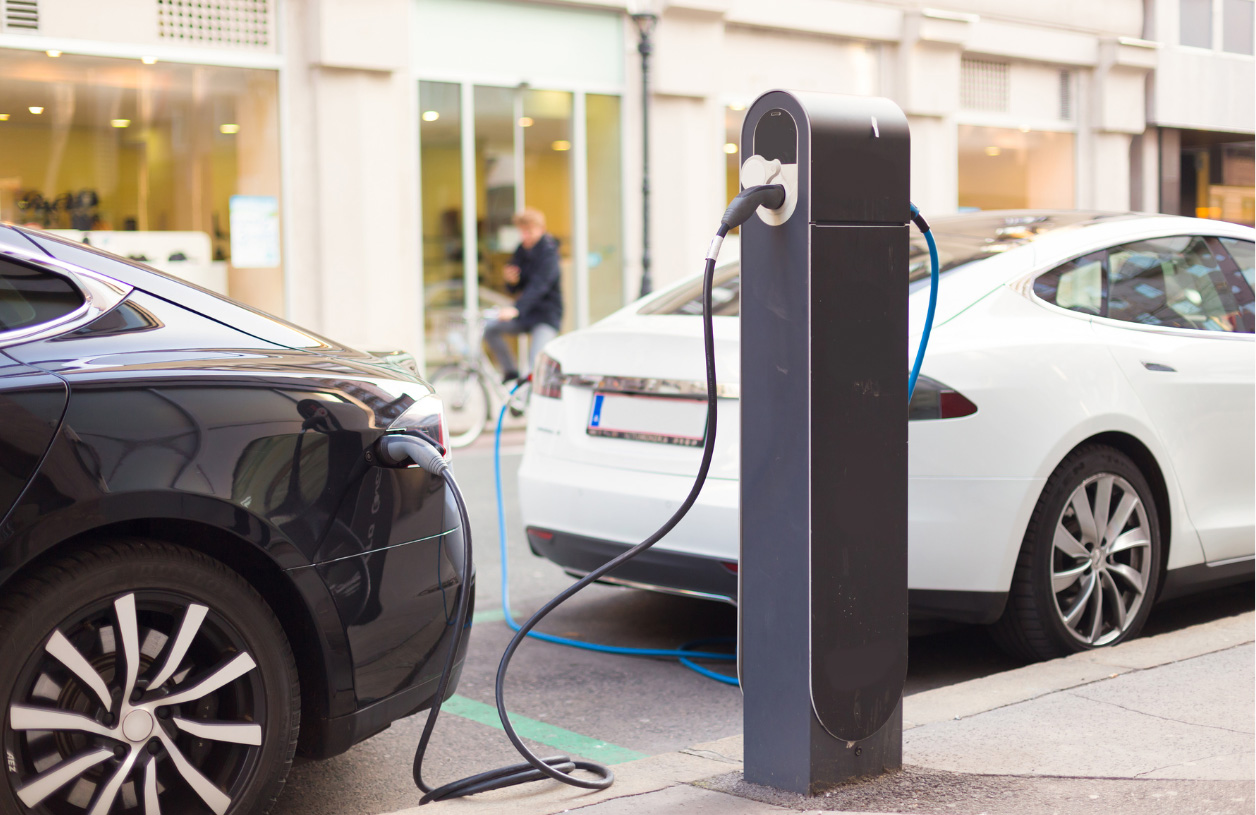
Infrastructure push
As increasing numbers of EVs use New Zealand roads, there’ll be more infrastructure installed to meet the greater demand for easily accessible public recharging stations.
When EV growth begins to extend into the motorhome sector, motor camps and holiday parks will feel encouraged to include recharging as part of their services.
Contrastingly, diesel refuelling opportunities are likely to decline as the transition to electric vehicles accelerates and also begins to encompass heavy vehicles. Heavy transport is predicted to switch to hydrogen-generated electricity, sourced from onboard fuel cells.
The first wave of electric recreational vehicles
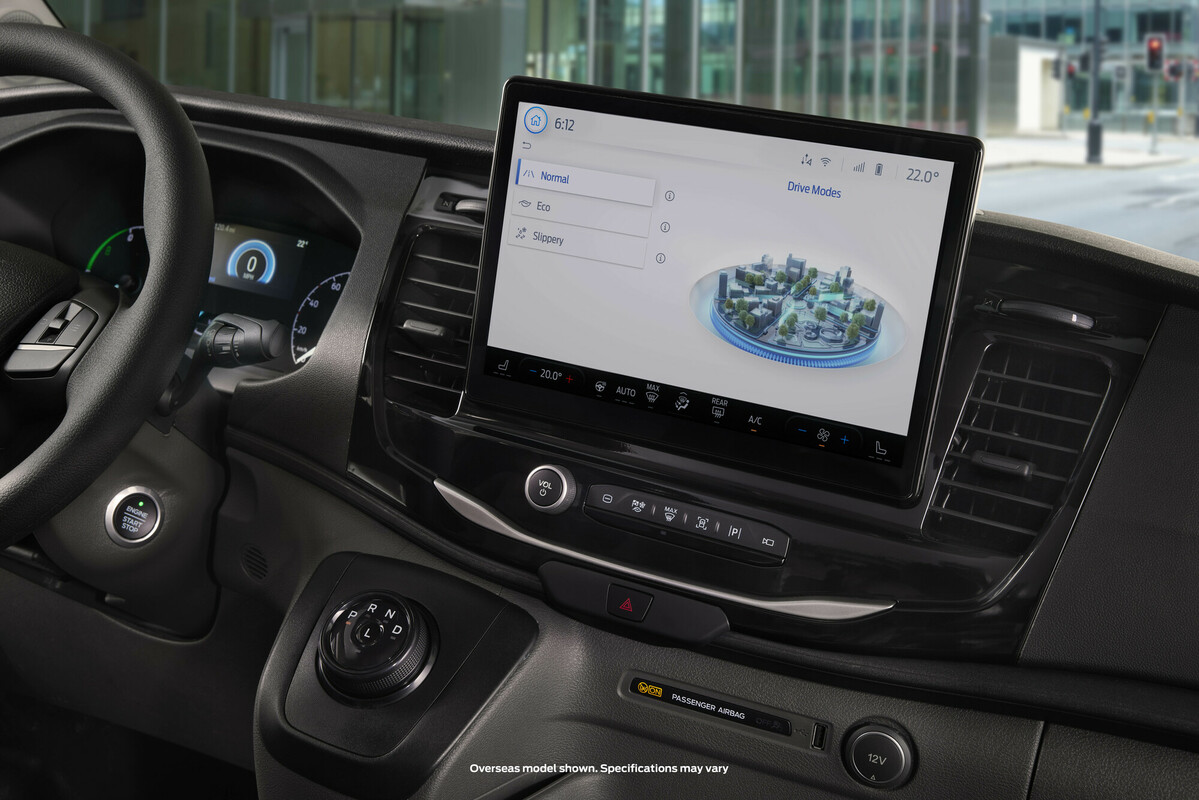
The first wave of electric motorhomes and campervans you’ll be able to rent or own is likely to land in New Zealand over the next year.
E-campervans will lead the way until there are workable solutions for the packaging issues of e-motorhomes. Expect it to take a couple more years before fully integrated and semi-integrated e-motorhomes begin to launch in the New Zealand market.
When they do, it’s probably wise to rent one first to become attuned to the nuances, advantages, lower running costs, and potential frustrations of owning an electric motorhome.
|
So how much should you budget for an e-motorhome? It depends on whether you plan to buy one next year or wait until battery technologies and countrywide recharging opportunities improve. But e-motorhomes are on the horizon — so it's worthwhile playing around with our motorhome cost of ownership calculator. |





